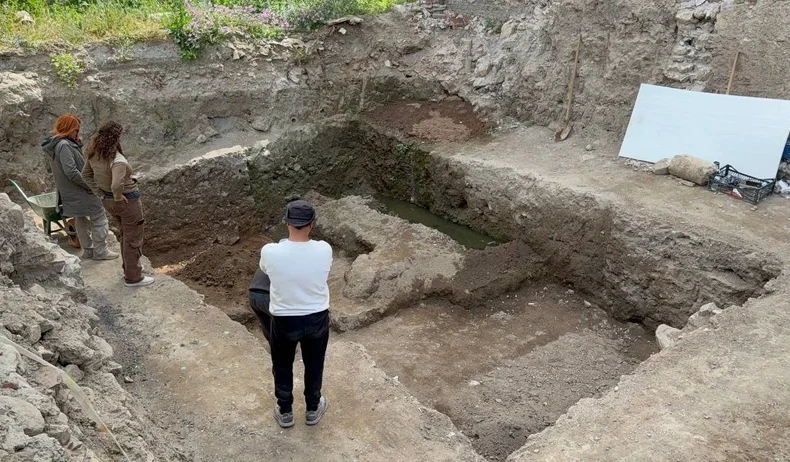
Mosaic Claimed to Date Back to the Time of Jesus Discovered in İznik: Historical Excitement Ahead of Pope Leo XIV’s Visit
During foundation excavations in a house in İznik, Bursa, mosaics believed to date back to the time of Jesus Christ were uncovered. This discovery coincides with the recent announcement of Pope Leo XIV, the newly elected leader of the Catholic world, planning a visit to İznik, creating a historic coincidence.
The mosaics, found in İznik’s Beyler Neighborhood, feature figures of a ship and a deer. Archaeologists suggest these mosaics could belong to the early Christian period, possibly even the era of Jesus. The structure and symbolic meanings of the mosaic figures are being carefully studied by scholars.
Coincidence Before the Pope’s Visit or a Rewrite of History?
It is claimed that the late Pope Francis had a strong wish to visit İznik, leaving it almost as a final will. His successor, Pope Leo XIV, is expected to fulfill this wish with a visit planned in the near future.
📣 Our WhatsApp channel is now LIVE! Stay up-to-date with the latest news and updates, just click here to follow us on WhatsApp and never miss a thing!!
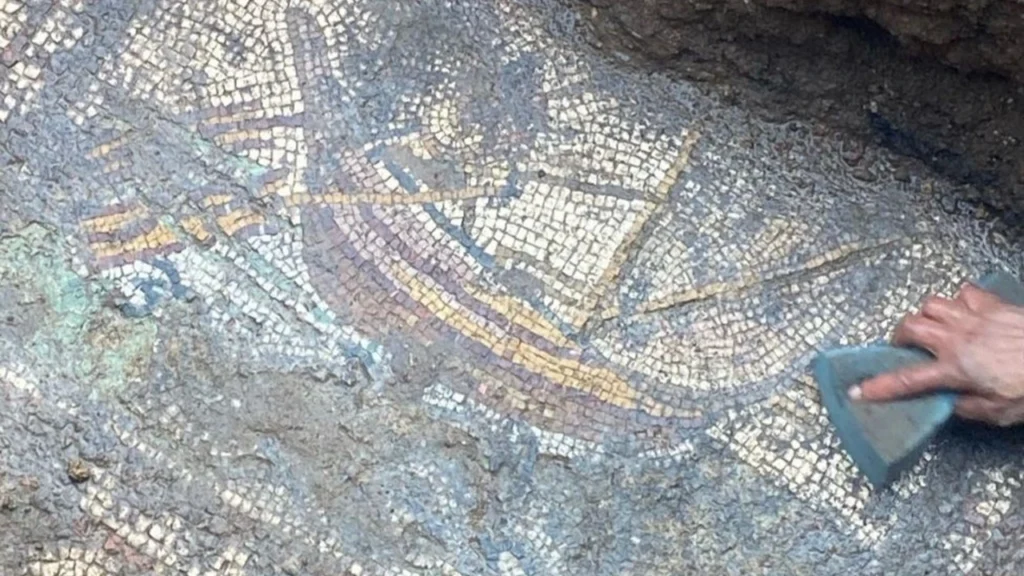
This remarkable find has once again drawn attention to İznik ahead of the anticipated visit. Vatican sources emphasize the Pope’s respect for İznik as a religious center and its significance as the site of the First Council of Nicaea.
Approaching the 1700th Anniversary of the Council of Nicaea
The First Council of Nicaea, convened in 325 AD by Roman Emperor Constantine, is considered one of the most significant events in Christian history. It shaped the divine nature of Jesus and Christian doctrine, formally declaring the “Nicene Creed,” the first official statement of Christian faith.
Pope Leo XIV’s visit may highlight the city’s religious heritage anew as the 1700th anniversary of this council approaches.
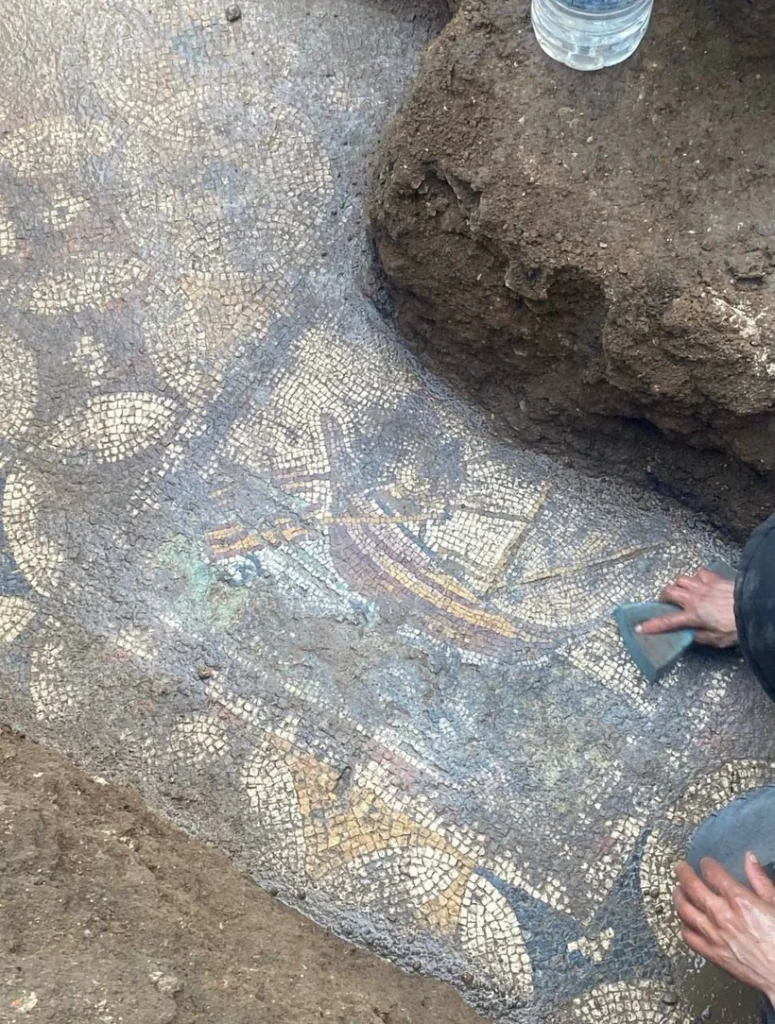
Gladiator Legend Near the Excavation Site
Close to the excavation site is an area believed to be the residence of Maximus Decimus Meridius, the character from the famous film “Gladiator.” Inspired by this region, the film’s story adds to İznik’s rich historical tapestry.
A New Era for the Historical Heritage?
The mosaics found in İznik are significant not only religiously but also culturally and artistically. Calls are growing for the region to be included on the UNESCO World Heritage list. This latest discovery could mark a turning point, raising İznik’s global recognition.
You may also like
- A 1700-year-old statue of Pan unearthed during the excavations at Polyeuktos in İstanbul
- The granary was found in the ancient city of Sebaste, founded by the first Roman emperor Augustus
- Donalar Kale Kapı Rock Tomb or Donalar Rock Tomb
- Theater emerges as works continue in ancient city of Perinthos
- Urartian King Argishti’s bronze shield revealed the name of an unknown country
- The religious center of Lycia, the ancient city of Letoon
- Who were the Luwians?
- A new study brings a fresh perspective on the Anatolian origin of the Indo-European languages
- Perhaps the oldest thermal treatment center in the world, which has been in continuous use for 2000 years -Basilica Therma Roman Bath or King’s Daughter-
- The largest synagogue of the ancient world, located in the ancient city of Sardis, is being restored

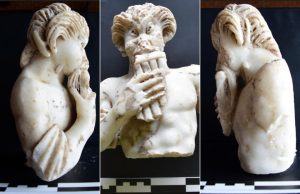
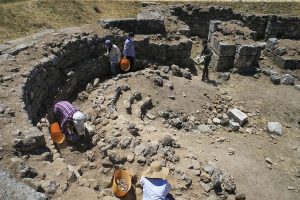
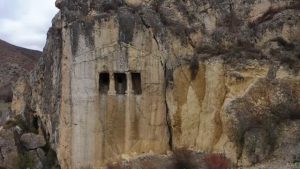
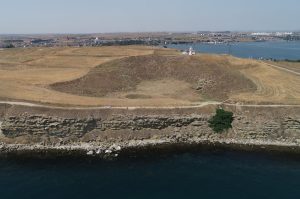
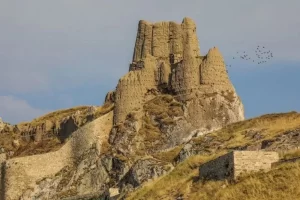
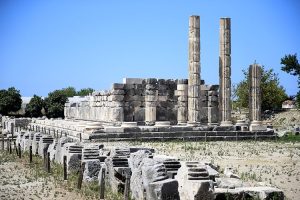


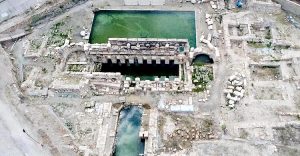
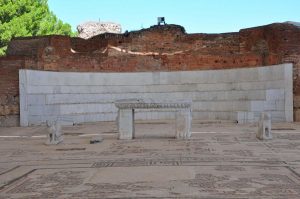
Leave a Reply